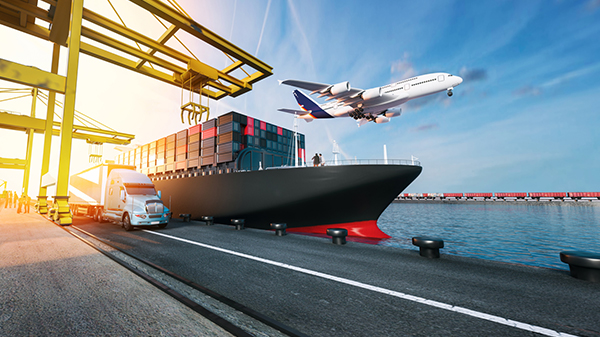Intermodal transportation means moving large-sized goods in the same steel-based containers through two or more modes of transport. It’s a typical way of moving goods in today’s fast paced life. Intermodal transfer may involve truck, rail, ship, and then truck again.
Intermodal freight consists of products and raw materials that are transported in a container by a variety of vehicles, such as container ships, semi-trailer trucks, and trains. Containers designed for intermodal freight often adhere to International Organization for Standardization (ISO) dimension guidelines, which allow the freight to remain in the same container when transferred between modes of transportation rather than having to be moved into a new container of a different size.
Intermodal transportation is eco-friendly. Rail transportation is more efficient. According to Inbound Logistics, rail can move one ton of freight almost 450 miles on one gallon of fuel. This fuel efficiency creates less greenhouse gas and carbon pollution as goods are shipped from coast to coast.
Intermodal freight:
According to Freightquote.com, there are approximately 25 million containers moved each year by intermodal shipping. A market research report by Technavio predicts that intermodal freight transportation will grow at a compound annual growth rate (CAGR) of approximately 7% from 2020 to 2024, growing by $49.8 billion in that time frame. The report cites cost advantages for shippers as the reason for its expected growth. In addition, the cost of the road as a single mode of transportation is increasing. However, multimodal transportation, where convenience is a significant factor because a single company is responsible for the movement of cargo across all modes, is expected to impede the growth of the intermodal freight transportation market in the future
When to choose intermodal transportation?
The weight of your goods is less than 25 tons.
The cargo is considered to have an intermediate value.
It’s a long-distance haul (more than three hundred miles within a day)
Your cargo flow is continuous and regular and to the same destination
If you’re looking at reducing your carbon footprint, you know you need to opt for intermodal transportation.
Rajashri s


